Home>Garden Essentials>How To Know If Chia Seeds Have Gone Bad
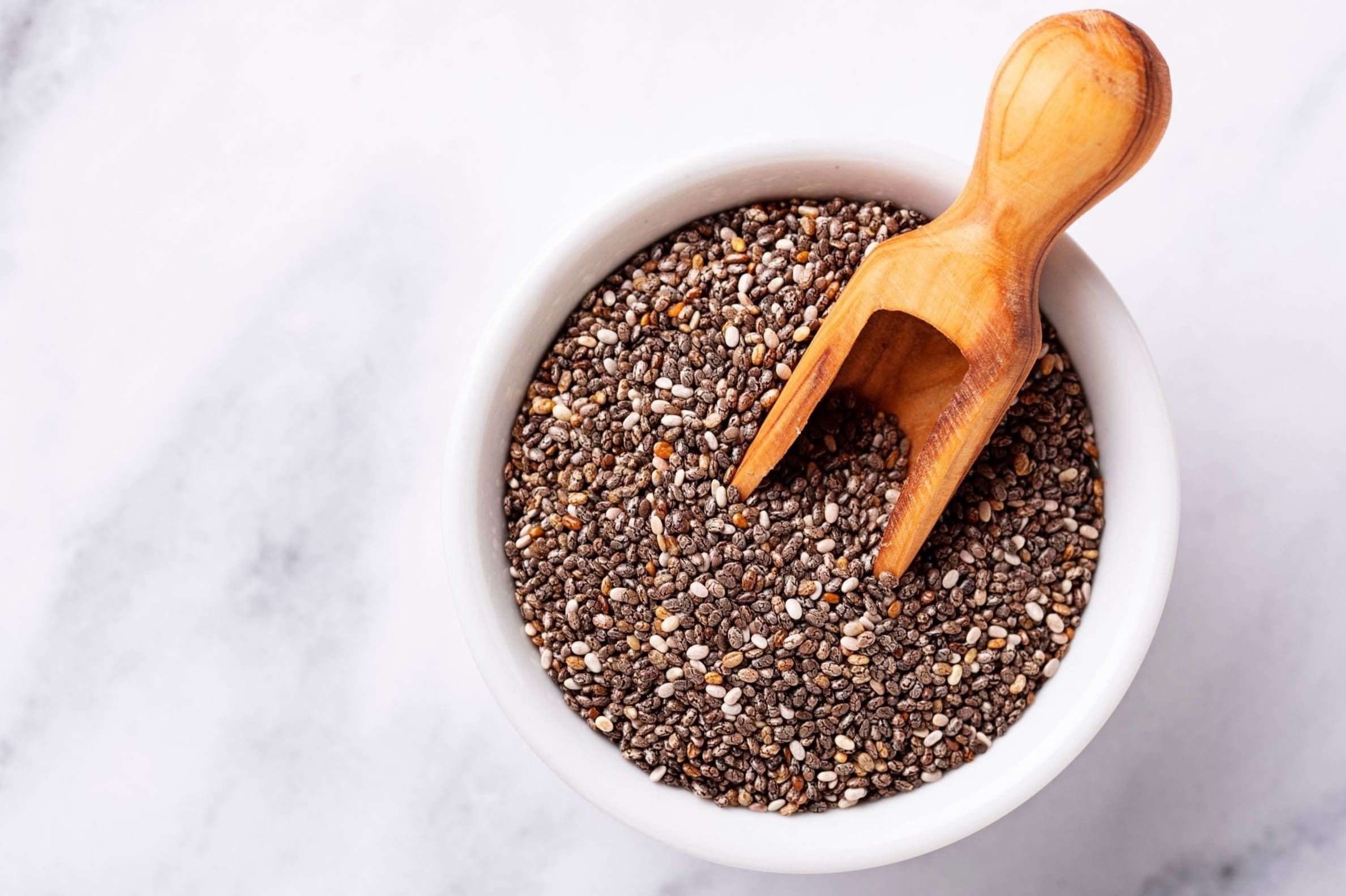

Garden Essentials
How To Know If Chia Seeds Have Gone Bad
Modified: October 18, 2024
Learn how to determine if your garden chia seeds have gone bad and ensure optimal freshness for your gardening needs.
(Many of the links in this article redirect to a specific reviewed product. Your purchase of these products through affiliate links helps to generate commission for Storables.com, at no extra cost. Learn more)
Introduction: Importance of Checking the Quality of Chia Seeds
Chia seeds have gained immense popularity in recent years due to their numerous health benefits and versatility in culinary applications. Packed with nutrients like omega-3 fatty acids, fiber, and antioxidants, chia seeds are a great addition to a healthy diet. However, it’s crucial to ensure that the chia seeds you consume are fresh and of good quality. Just like any other food item, chia seeds can go bad over time, which can impact their taste, texture, and nutritional value.
Fortunately, there are several signs that can help you determine if your chia seeds have gone bad. By being aware of these indicators, you can confidently enjoy the maximum benefits from this superfood. Let’s explore some of the common signs that indicate spoiled chia seeds.
Key Takeaways:
- Check chia seeds for color, texture, smell, and taste changes to ensure they’re fresh. Proper storage in airtight containers and cool, dark places helps maintain their quality and nutritional benefits.
- Always check the expiration date on chia seed packaging and store them in airtight containers in a cool, dark place to maintain their freshness and nutritional value.
Read more: How To Know If Sunflower Seeds Are Bad
Signs of Chia Seeds Gone Bad
1. Appearance: One of the first signs to look out for is any changes in the appearance of chia seeds. Fresh chia seeds are typically small, oval-shaped, and have a uniform color. If you notice any discoloration, such as a darkening or fading of the seeds, it may indicate that they are no longer fresh. Additionally, the presence of molds or fungi on the seeds is a clear indicator of spoilage.
2. Texture: Another important aspect to consider is the texture of the chia seeds. Fresh chia seeds have a slightly crunchy texture when hydrated. However, if you find that the chia seeds have become soft, mushy, or slimy, they have likely gone bad. You may also notice the formation of clumps or stickiness, which are major telltale signs of spoilage.
3. Smell: Your sense of smell can be a powerful tool in detecting if chia seeds have gone bad. Fresh chia seeds have a mild, nutty aroma. However, if you detect a foul or rancid odor when you open the packaging or when you soak the seeds, it’s a clear indication that they are spoiled and should not be consumed.
4. Taste: The taste of chia seeds is another important factor to consider. Fresh chia seeds have a mild, slightly nutty flavor. However, if you notice an off taste, bitterness, or any unpleasant flavors, it’s best to discard them and get a fresh batch. Consuming spoiled chia seeds can lead to digestive issues and may be harmful to your health.
Now that we have discussed the signs of spoiled chia seeds, it’s important to understand how to avoid purchasing or consuming them in the first place. One way to ensure the quality of your chia seeds is by paying attention to their expiration dates.
Appearance: Changes in Color – Presence of Molds or Fungi
When assessing the quality of chia seeds, one of the first visual indicators to look out for is any changes in color. Fresh chia seeds typically have a uniform color, ranging from dark brown to light gray. However, if you notice any discoloration, such as dark spots, specks, or a noticeable fading of the seeds, it is a sign that they may have gone bad.
Chia seeds that have spoiled often develop a darker hue, indicating the breakdown of the seed’s natural compounds. This change in color can be attributed to oxidation, moisture exposure, or the growth of molds and fungi on the surface of the seeds.
The presence of molds or fungi is a clear indication that chia seeds have deteriorated. Molds thrive in warm, moist conditions, making it essential to store your chia seeds in a cool, dry place. When exposed to moisture, chia seeds can become a breeding ground for mold growth, leading to visible signs of contamination.
If you notice any fuzzy or powdery substance on the surface of your chia seeds, it is likely mold. Different types of molds can have various colors, ranging from white, green, gray, or black. Always remember that molds can produce mycotoxins, which are toxic compounds harmful to human health. Therefore, it’s crucial to discard any chia seeds that show signs of mold or fungal growth.
To prevent the growth of molds and fungi on your chia seeds, it’s important to ensure proper storage conditions. Store them in an airtight container or resealable bag in a cool, dark pantry away from direct sunlight. This will help to preserve their freshness and minimize the risk of moisture accumulation.
Regularly inspect your chia seeds for any changes in color or the presence of molds. If you notice any visual signs indicating spoilage, it’s best to err on the side of caution and discard them. Remember, consuming spoiled chia seeds can lead to digestive issues and may compromise the quality of the nutrients they provide.
Texture: Texture Changes in Stale Chia Seeds – Formation of Clumps or Stickiness
Texture is another important aspect to consider when determining the quality of chia seeds. Fresh chia seeds have a slightly crunchy texture when hydrated, resembling tiny gel-like spheres. However, over time and as they age, chia seeds can undergo texture changes, indicating that they have gone stale or bad.
One common texture change in stale chia seeds is a loss of crunchiness. Instead of a firm and crunchy texture, the seeds can become soft, mushy, or even slimy. This change in texture is a result of the breakdown of the outer layer of the seed, leading to a gel-like consistency.
Another indicator of spoiled chia seeds is the formation of clumps or stickiness. When chia seeds are exposed to moisture or high humidity levels, they have a tendency to clump together, forming a sticky mass. These clumps can be difficult to separate and can affect the quality of the seeds.
If you notice clumps or stickiness in your chia seeds, it’s best to discard them. Consuming expired or spoiled chia seeds can result in an unpleasant mouthfeel and may be a breeding ground for harmful bacteria.
To ensure the texture of your chia seeds remains intact, it’s crucial to store them properly. Store them in airtight containers or resealable bags to minimize exposure to moisture. Additionally, keeping chia seeds in a cool and dry place can help preserve their texture and prevent the formation of clumps.
Regularly check the texture of your chia seeds to ensure they maintain their original crunchiness and are free from any clumps or stickiness. By doing so, you can enjoy their full nutritional benefits and avoid any potential issues that may arise from consuming spoiled chia seeds.
Smell: Foul or Rancid Odor in Spoiled Chia Seeds
Using your sense of smell is a powerful tool for detecting if chia seeds have gone bad. Fresh chia seeds have a mild, nutty aroma that is characteristic of their natural oils and compounds. However, when chia seeds have spoiled, they can emit a foul or rancid odor.
If you notice an unpleasant smell coming from your chia seeds, it’s a clear indication that they are no longer fresh and should not be consumed. The presence of a strong, musty, or sour smell can be attributed to the breakdown of the seed’s natural oils, oxidation, or the growth of bacteria or fungi.
Rancidity is a common cause of bad odor in chia seeds. Over time, the healthy fats in chia seeds can oxidize and turn rancid, resulting in an unpleasant smell and taste. Rancid chia seeds can also lead to digestive discomfort and may have a negative impact on your health.
If you encounter a foul or rancid odor when you open the packaging or while soaking the seeds, it’s best to discard them immediately. Consuming spoiled chia seeds not only affects the taste but can also lead to gastrointestinal issues.
To prevent chia seeds from developing an unpleasant smell, it’s crucial to store them properly. Ensure that they are kept in airtight containers or resealable bags in a cool, dry place away from direct sunlight. This will help to minimize the exposure to oxygen, which can speed up the process of oxidation and the development of rancidity.
Regularly check the smell of your chia seeds before using them in your recipes. If you detect any foul or rancid odor, it’s best to play it safe and discard them. By doing so, you can ensure that you’re consuming fresh and high-quality chia seeds that will provide you with optimal nutritional benefits.
To know if chia seeds have gone bad, smell them for any rancid or musty odor. Also, check for any signs of mold or discoloration. If they look or smell off, it’s best to discard them.
Read more: How Do You Know If Pomegranate Seeds Are Bad
Taste: Off Taste or Bitterness in Bad Chia Seeds
The taste of chia seeds is another important factor to consider when assessing their quality. Fresh chia seeds have a mild, slightly nutty flavor that is often described as subtle and pleasant. However, when chia seeds have gone bad, they can develop an off taste or bitterness.
If you notice an unusual or unpleasant taste when consuming chia seeds, it’s a clear indication that they may have spoiled. The presence of bitterness or any unpleasant flavors can be a result of several factors, including rancidity, oxidation, or the growth of harmful microorganisms.
Rancidity is a common cause of off taste in chia seeds. Over time, the healthy fats in chia seeds can oxidize, leading to the development of a bitter or rancid flavor. This can occur when the seeds are exposed to air, heat, or light for extended periods.
In addition to rancidity, the growth of harmful microorganisms can also contribute to an off taste in chia seeds. When chia seeds are exposed to moisture or humid conditions, bacteria or fungi can thrive and produce compounds that alter the taste and quality of the seeds.
If you detect any bitterness, unusual flavors, or an off taste when consuming chia seeds, it’s best to stop consuming them and discard them altogether. Consuming spoiled chia seeds can not only affect the taste and enjoyment of your food but can also lead to digestive discomfort or potential health risks.
To ensure that your chia seeds maintain their fresh taste, it’s important to store them properly. Store them in airtight containers or resealable bags in a cool, dry place to minimize the risk of oxidation or microbial growth.
By regularly checking the taste of your chia seeds and discarding any that have an off taste or bitterness, you can ensure that you’re consuming fresh and flavorful seeds that will enhance your culinary creations and provide you with optimal nutrition.
Expiration Dates: Understanding Chia Seed Expiration Dates – Checking the Packaging for Validity
When it comes to ensuring the quality and freshness of chia seeds, understanding expiration dates is essential. Chia seeds, like all food products, have a shelf life, and consuming them beyond their expiration date can lead to a decline in quality and potential health risks.
The expiration date on chia seed packaging provides a guideline for the recommended period in which the seeds are at their best quality. It indicates the date by which the manufacturer believes the product will still maintain its optimal freshness, taste, and nutritional value.
It’s important to note that expiration dates are not an exact science. While they provide a general timeframe for optimal quality, several factors can influence the actual shelf life of chia seeds. These factors include storage conditions, moisture levels, exposure to heat and light, and the quality of the packaging.
When purchasing chia seeds, it is crucial to check the packaging for a clearly printed expiration date. Make sure that the date is still valid and has not passed. If the expiration date is not visible or has rubbed off, it is advisable to choose a different package or contact the manufacturer for clarification.
It is also important to remember that chia seeds, like many other dry goods, can have a considerably longer shelf life if they are properly stored. Storing the seeds in a cool, dry place in a sealed container can help extend their freshness beyond the indicated expiration date.
However, it is essential to exercise caution when consuming chia seeds that have passed their expiration date. Over time, the quality and nutritional content of the seeds can deteriorate, potentially causing digestive issues or a compromised taste. It is always recommended to prioritize your health and consume fresh, properly stored chia seeds to ensure you get the maximum benefits.
By understanding expiration dates and regularly checking the validity of the packaging, you can make informed decisions about the freshness and quality of your chia seeds. This will help you enjoy the full nutritional benefits and avoid any potential risks associated with consuming expired chia seeds.
Proper Storage: Tips for Storing Chia Seeds to Maintain Freshness – How to Store Opened and Unopened Packages
Proper storage is key to maintaining the freshness and quality of chia seeds. By following a few simple tips, you can ensure that your chia seeds remain in optimal condition for an extended period of time.
Here are some tips for storing chia seeds to maintain freshness:
- Keep them in an airtight container: Transfer your chia seeds from their original packaging to an airtight container or resealable bag. This will help to protect them from exposure to air and moisture, which can lead to spoilage.
- Store in a cool, dark place: Chia seeds are sensitive to heat and light, which can accelerate the process of oxidation and deterioration. Choose a cool, dark pantry or cupboard away from direct sunlight to store your chia seeds.
- Avoid moisture: Moisture can be the enemy of chia seeds, as it can promote the growth of mold and spoilage. Make sure the container or bag is tightly sealed to keep out any moisture, and avoid storing them in areas with high humidity, such as near the sink or stove.
- Avoid frequent exposure to air: Every time you open the container or bag, air can get in and potentially accelerate spoilage. Try to minimize the frequency of opening and closing the container to help preserve the freshness of the chia seeds.
- Refrigerate or freeze for extended storage: While it is not necessary to refrigerate or freeze chia seeds, doing so can extend their shelf life. If you live in a particularly hot or humid climate, or if you plan to store the chia seeds for a longer period, consider storing them in the refrigerator or freezer. Just make sure to transfer them to an airtight container or freezer bag to prevent moisture absorption.
In terms of storing opened and unopened packages of chia seeds:
Opened Packages: Once you open a package of chia seeds, it’s recommended to transfer them to an airtight container or resealable bag. This will ensure they are protected from exposure to air and moisture. Follow the storage tips mentioned above for maintaining freshness.
Unopened Packages: If you have unopened packages of chia seeds, store them in a cool, dark place as mentioned earlier. Ensure that the packaging is intact and the expiration date is still valid. If the packaging is damaged or the expiration date has passed, it’s best to discard them and purchase fresh chia seeds.
By implementing these storage tips, you can maximize the shelf life and maintain the freshness of your chia seeds. This will allow you to enjoy their nutritional benefits and culinary versatility for a longer period.
Conclusion: Importance of Regular Inspection and Proper Storage for Chia Seeds
Chia seeds are a popular and nutritious addition to a healthy diet, thanks to their abundance of essential nutrients like omega-3 fatty acids, fiber, and antioxidants. To fully enjoy their benefits, it is important to prioritize the quality and freshness of the chia seeds you consume. This is accomplished through regular inspection and proper storage.
Regularly inspecting your chia seeds is vital to ensure they have not gone bad. By being mindful of the signs of spoilage, such as changes in color, the presence of molds or fungi, texture changes, off taste, or foul odors, you can quickly identify if the seeds are no longer suitable for consumption.
Proper storage is equally crucial in maintaining the freshness and quality of chia seeds. Storing them in an airtight container or resealable bag in a cool, dark place away from moisture, heat, and light helps prevent oxidation, bacterial growth, and the formation of molds. Additionally, refrigeration or freezing can be an option for extended storage, especially in hot and humid climates.
By implementing regular inspection and proper storage practices, you can extend the shelf life of your chia seeds, preserve their nutritional value, and ensure their optimal taste and texture. This not only allows you to fully enjoy their benefits but also minimizes the risk of consuming spoiled chia seeds that can lead to digestive issues or potential health risks.
Remember to regularly check the expiration dates on chia seed packaging and verify the integrity of the packaging itself. If the expiration date has passed, the packaging is damaged, or there are signs of spoilage, it’s best to discard the chia seeds and obtain a fresh batch.
In conclusion, taking the time to inspect your chia seeds and store them properly is essential for maintaining their freshness, taste, and nutritional quality. By doing so, you can confidently incorporate chia seeds into your meals and snacks, knowing that you are reaping the full benefits of these tiny nutritional powerhouses.
Frequently Asked Questions about How To Know If Chia Seeds Have Gone Bad
Was this page helpful?
At Storables.com, we guarantee accurate and reliable information. Our content, validated by Expert Board Contributors, is crafted following stringent Editorial Policies. We're committed to providing you with well-researched, expert-backed insights for all your informational needs.
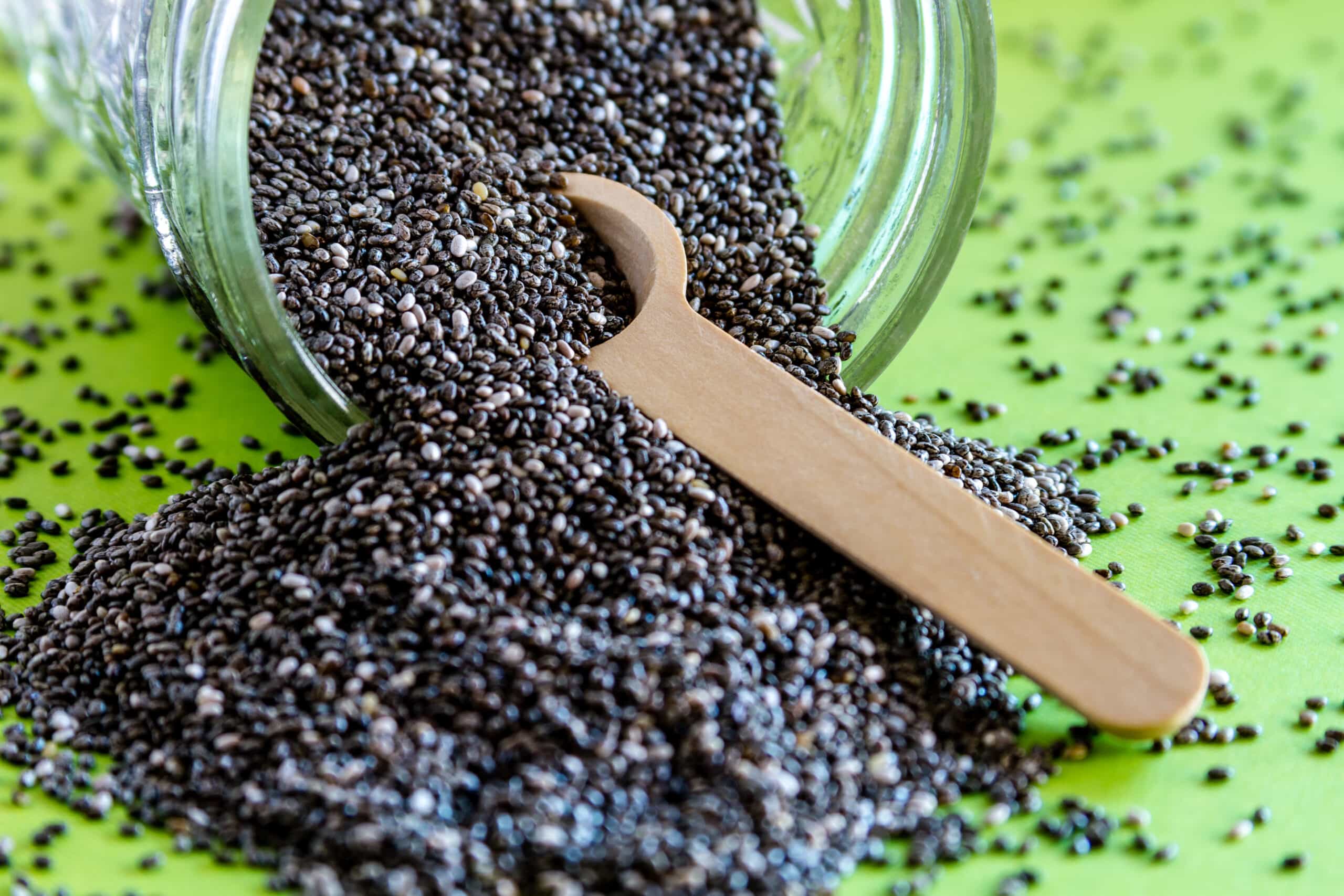
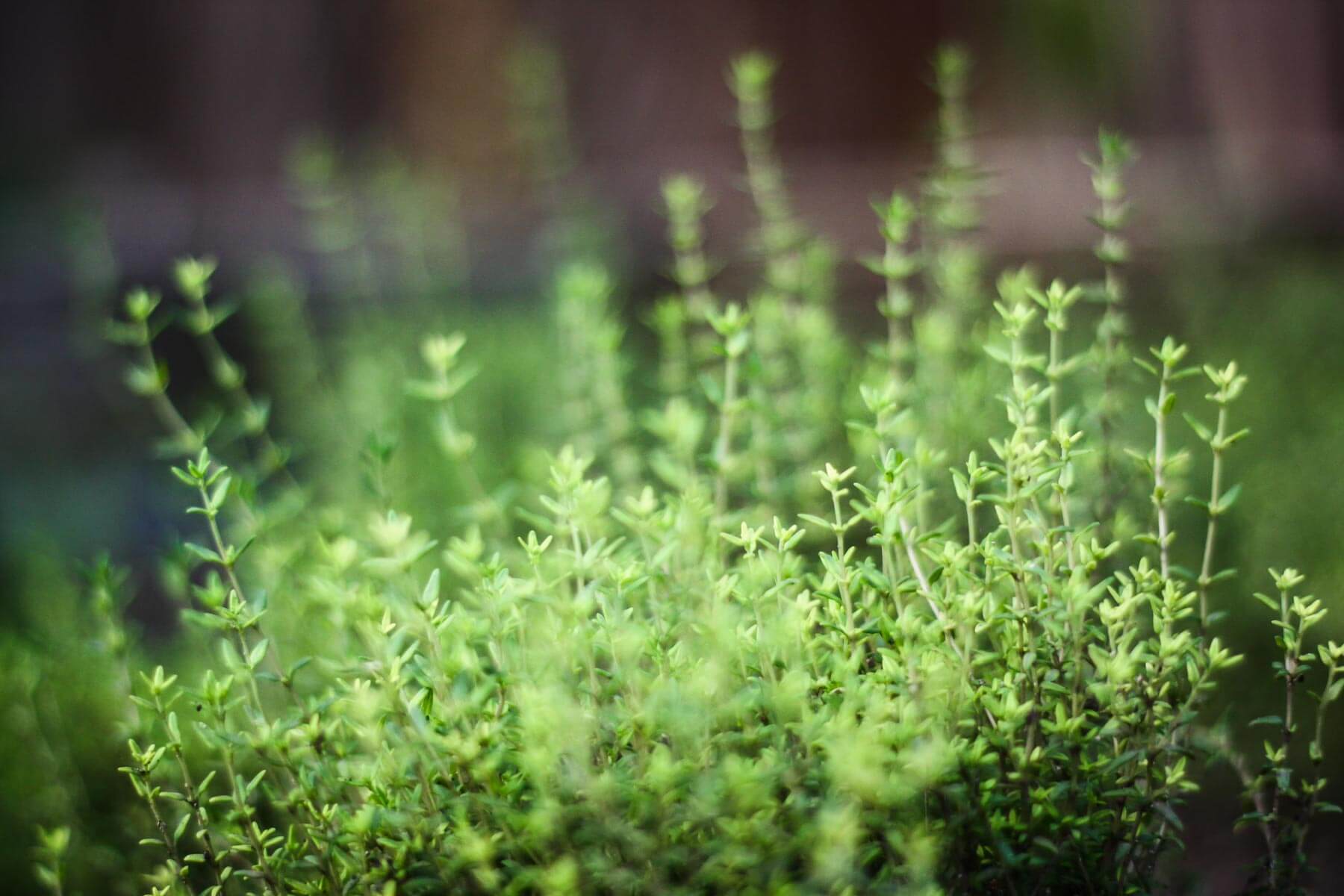
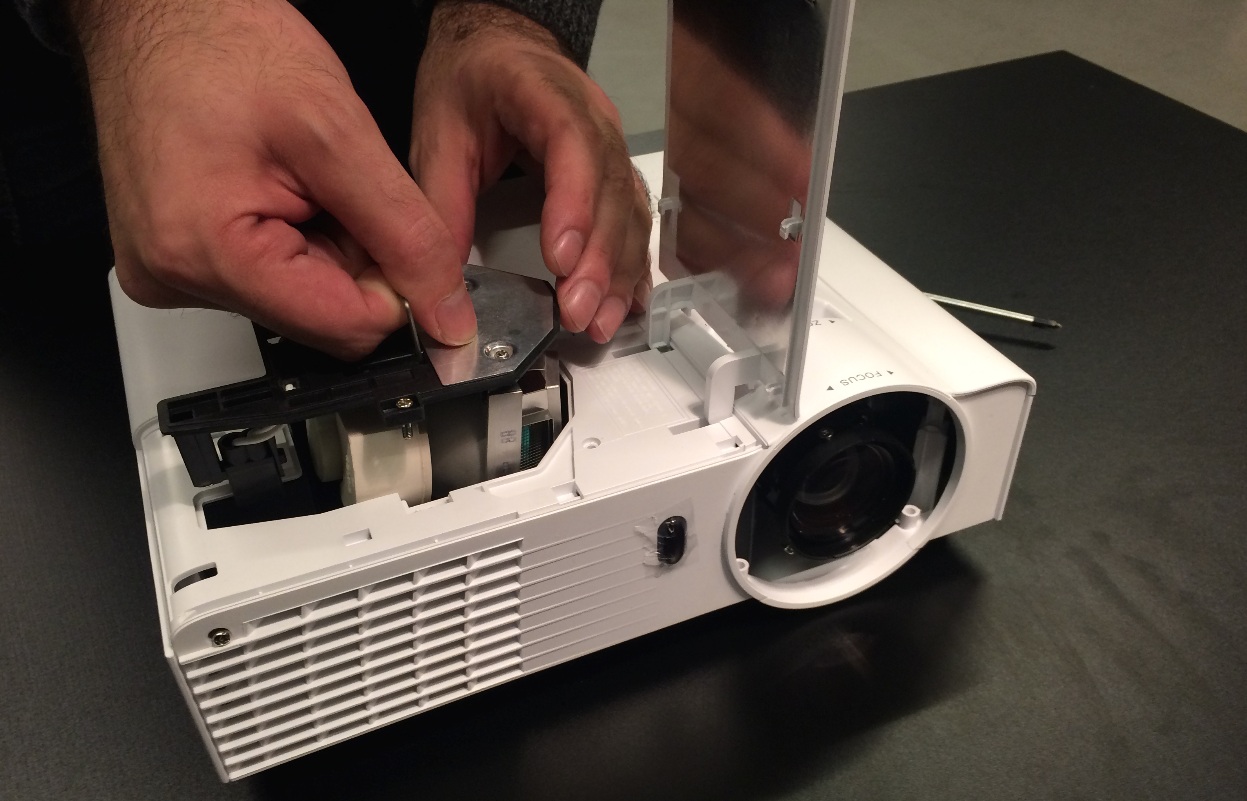
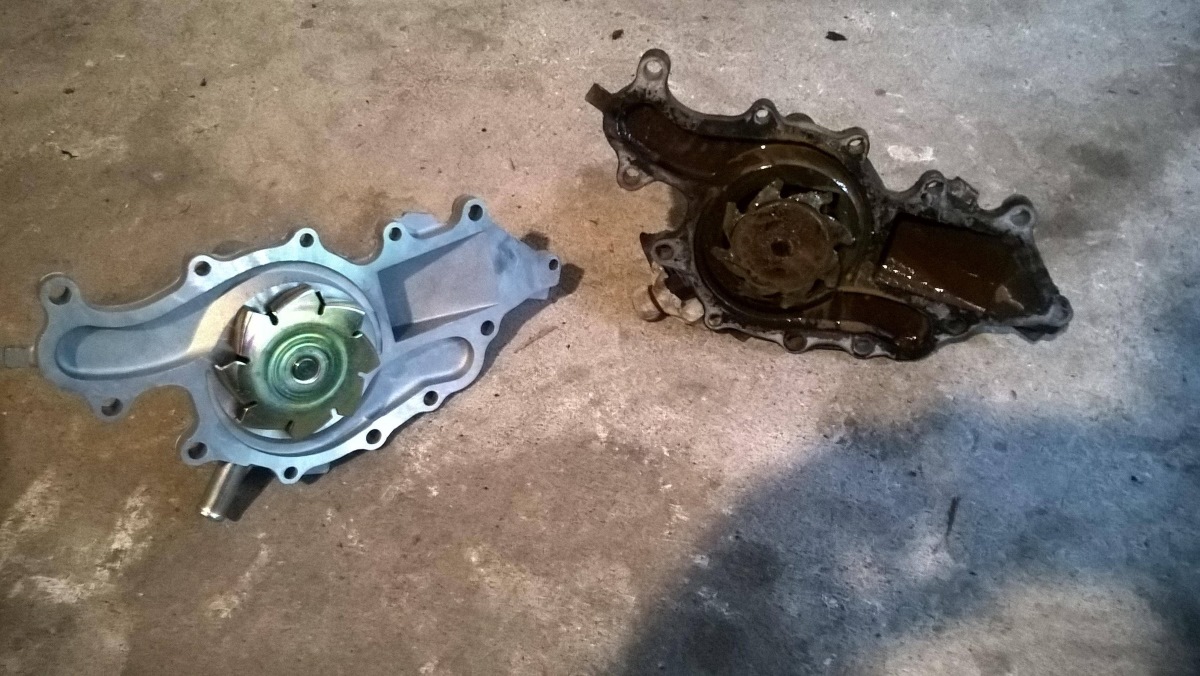
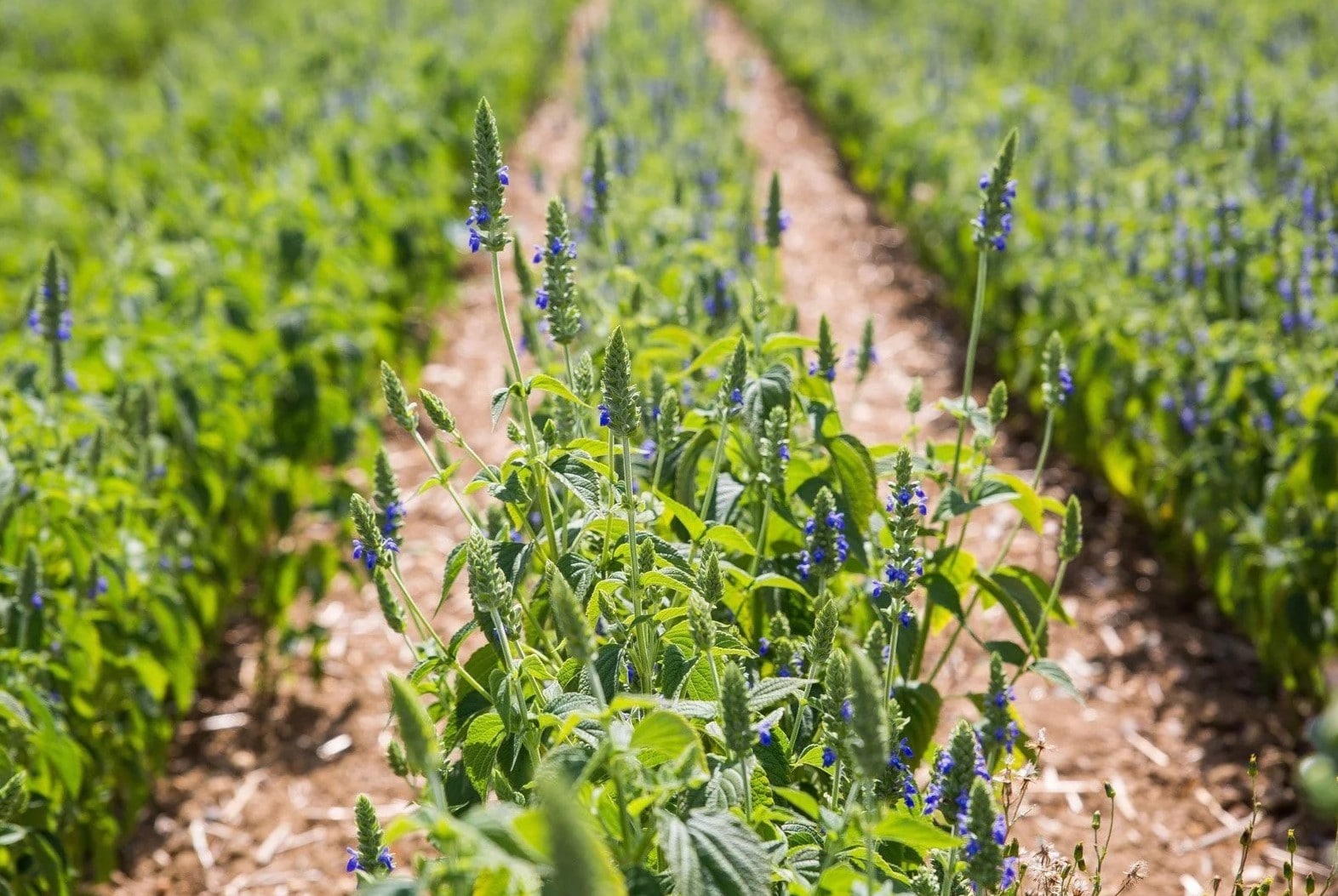
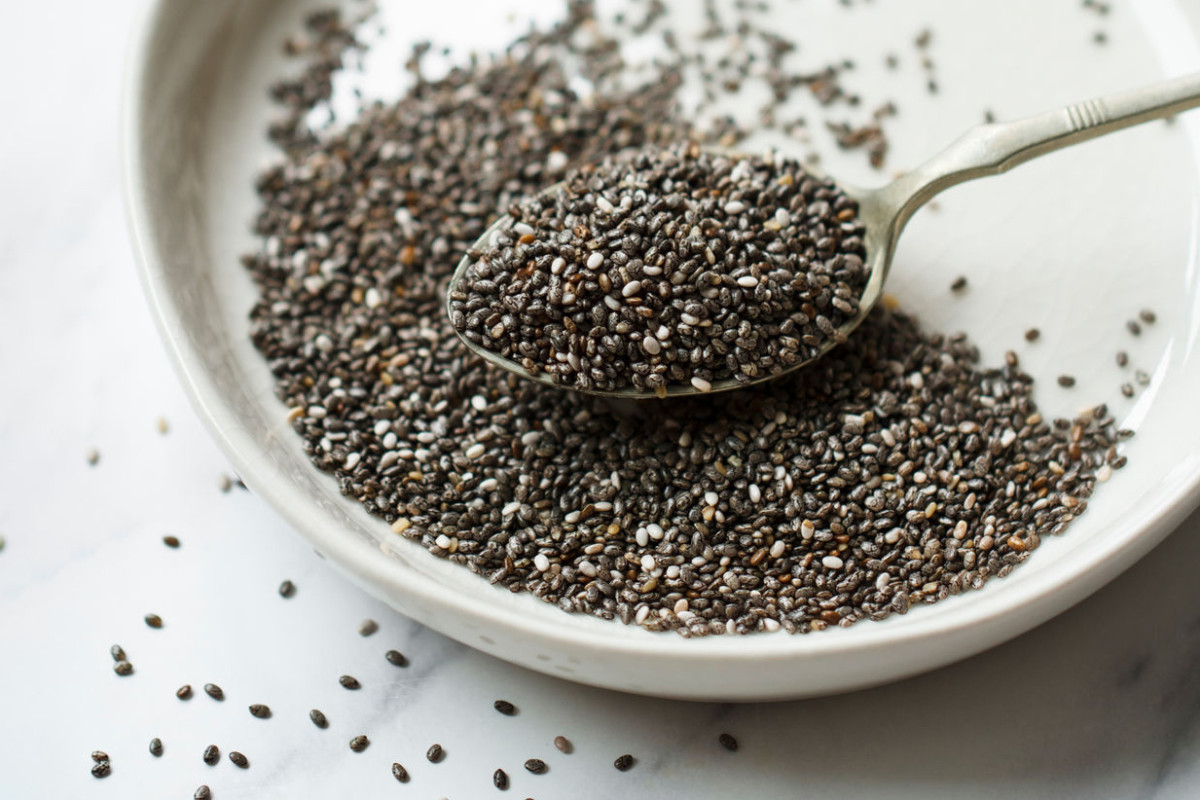

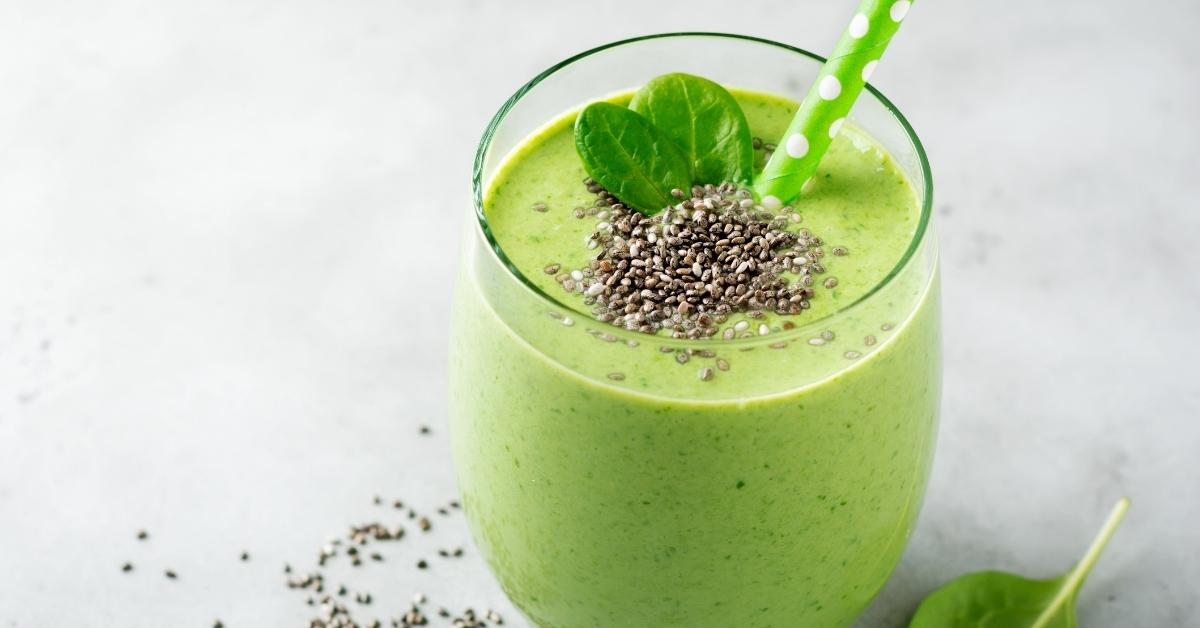
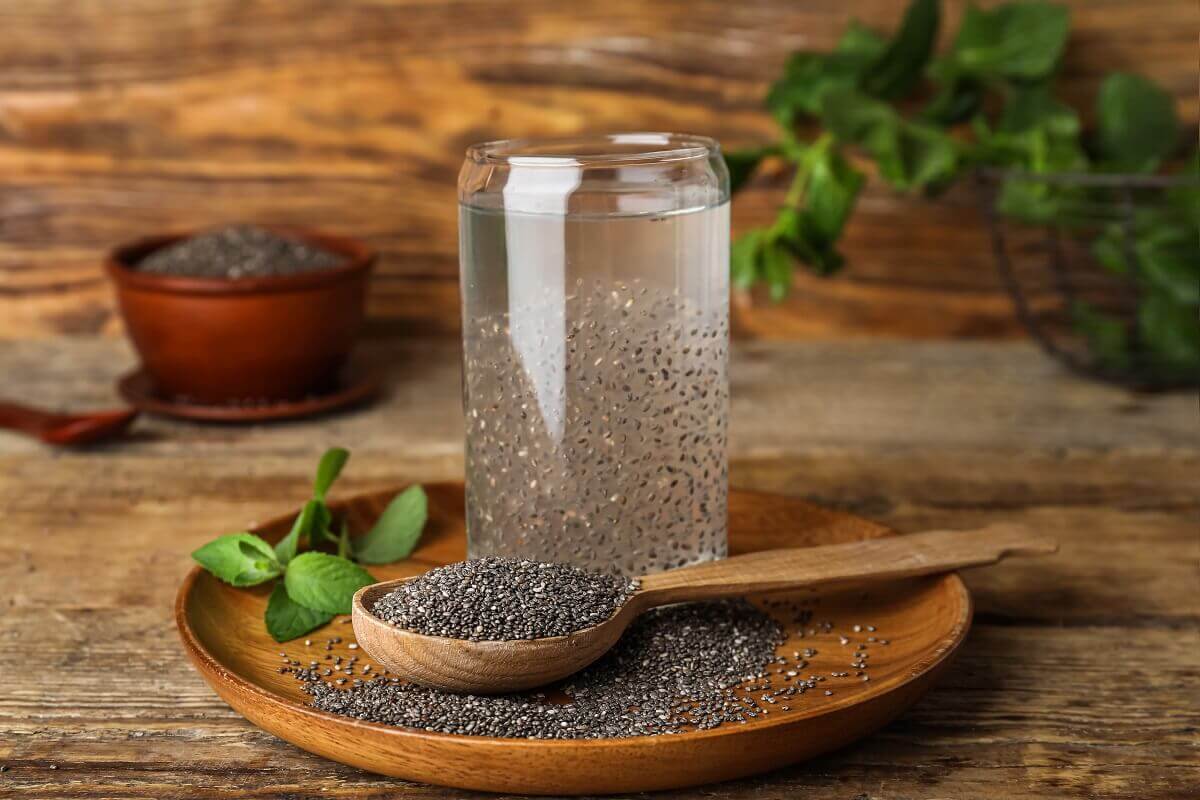
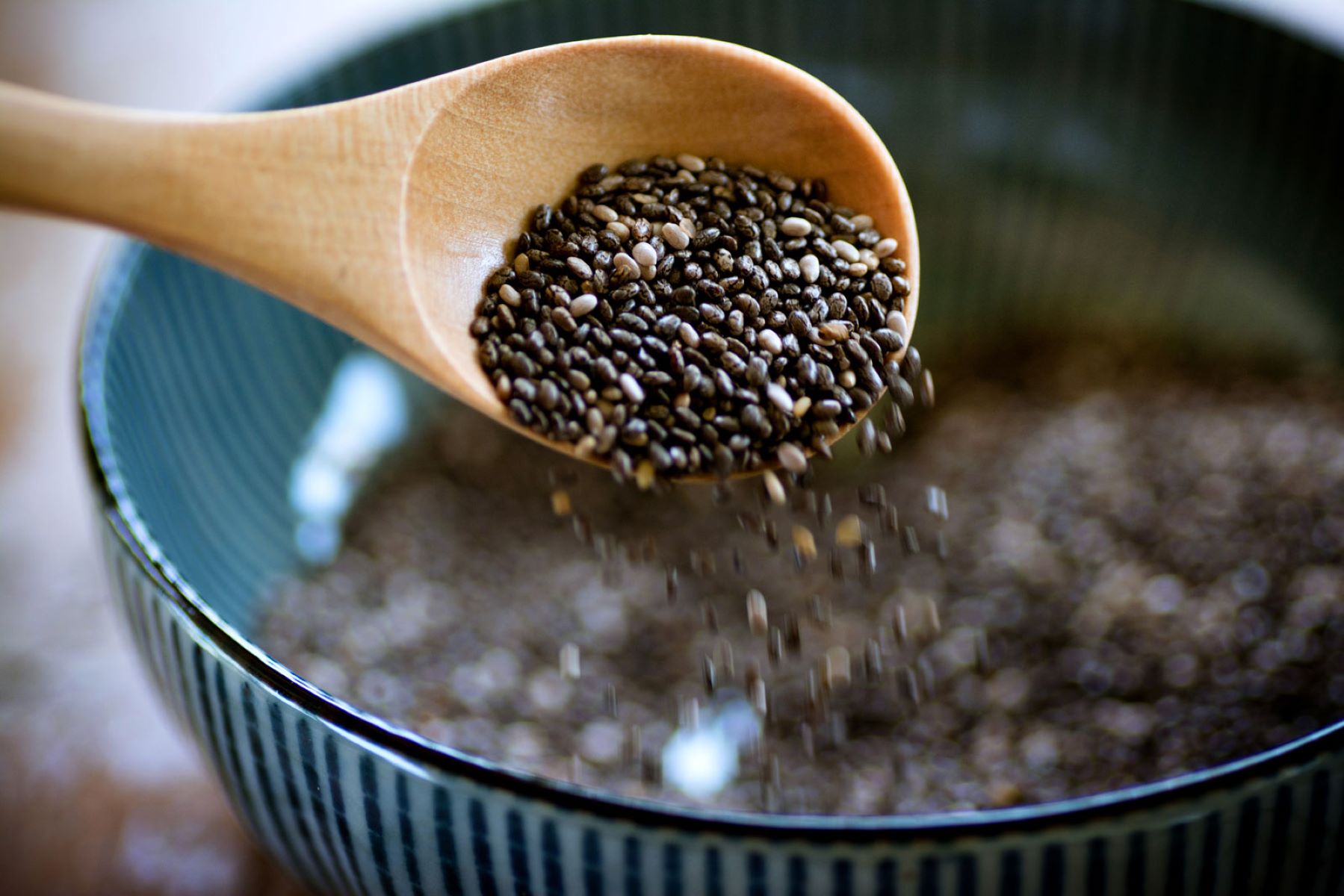
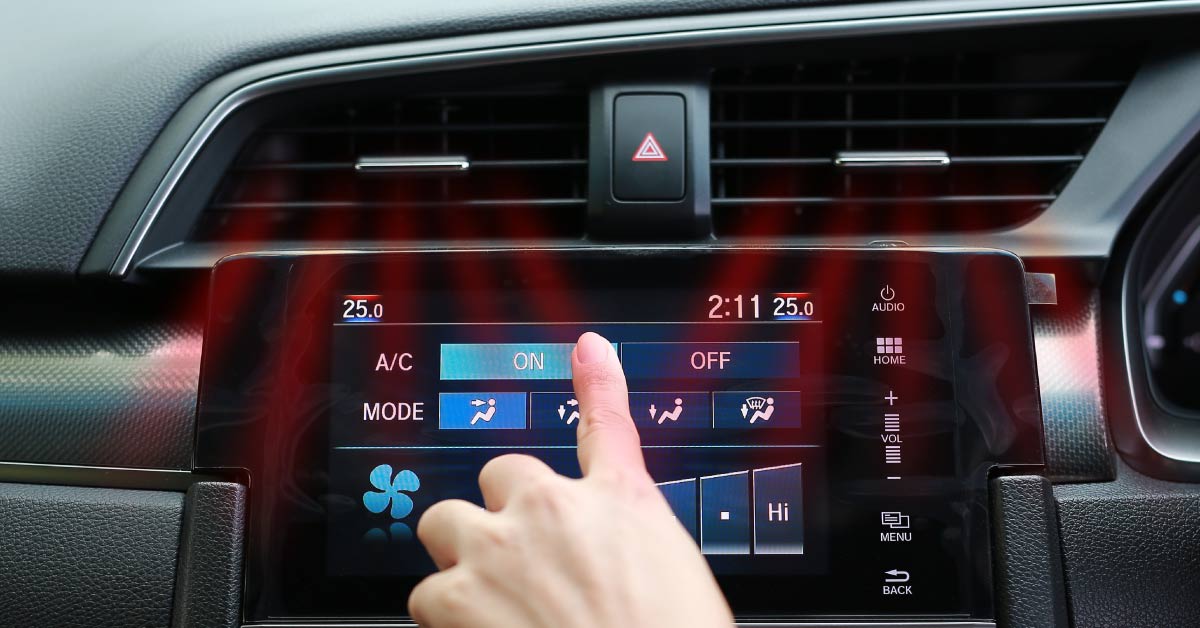
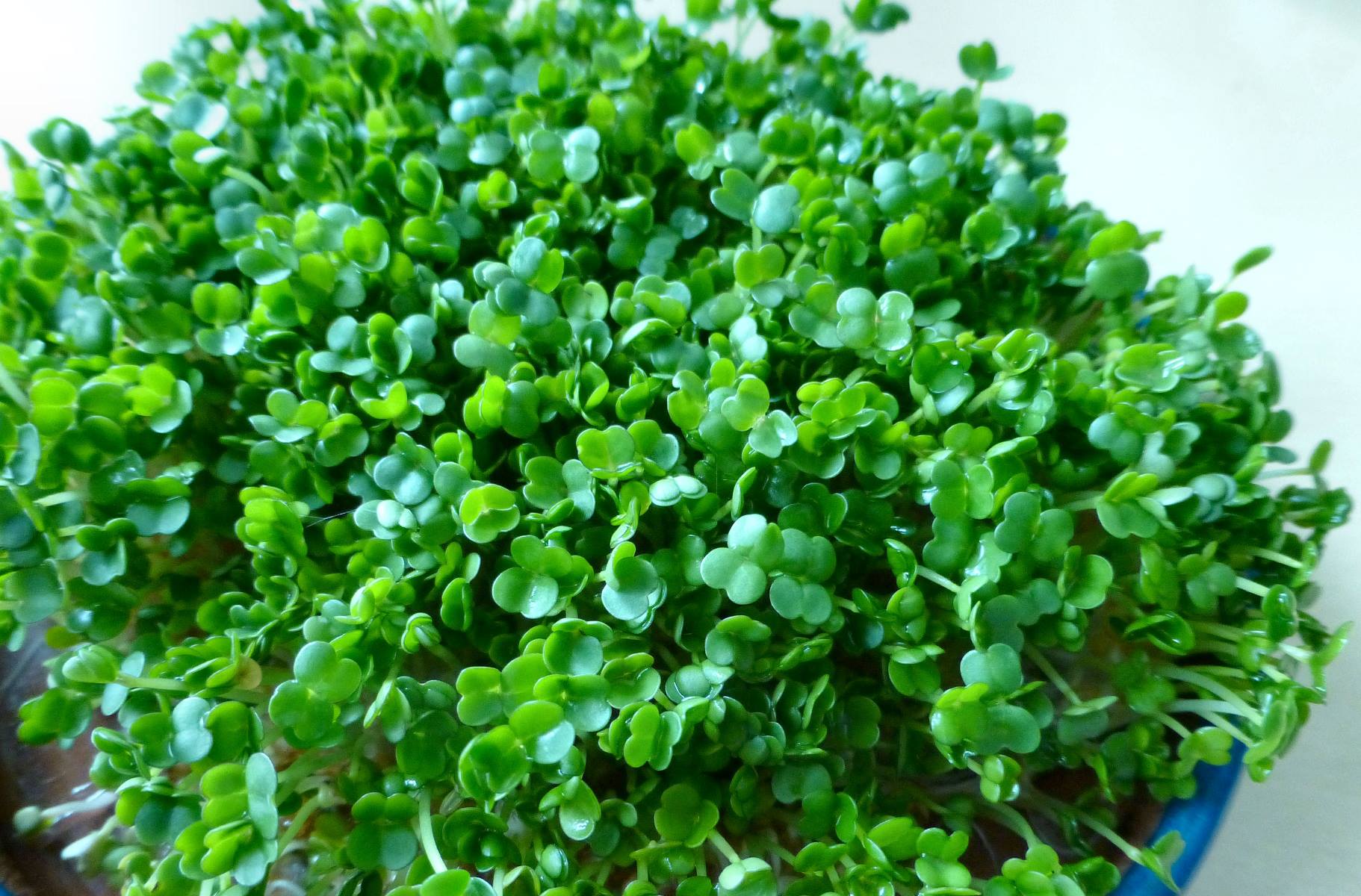
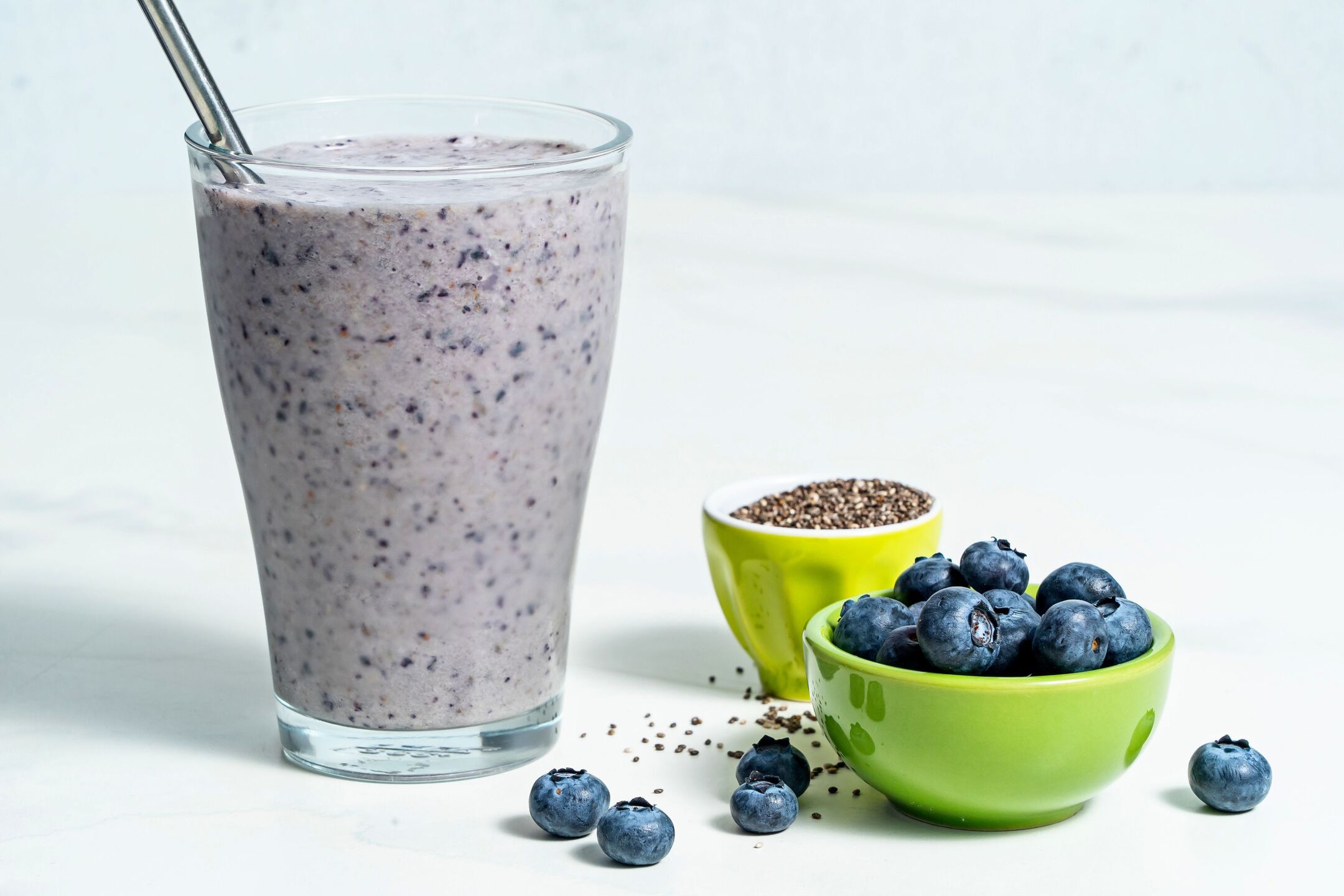
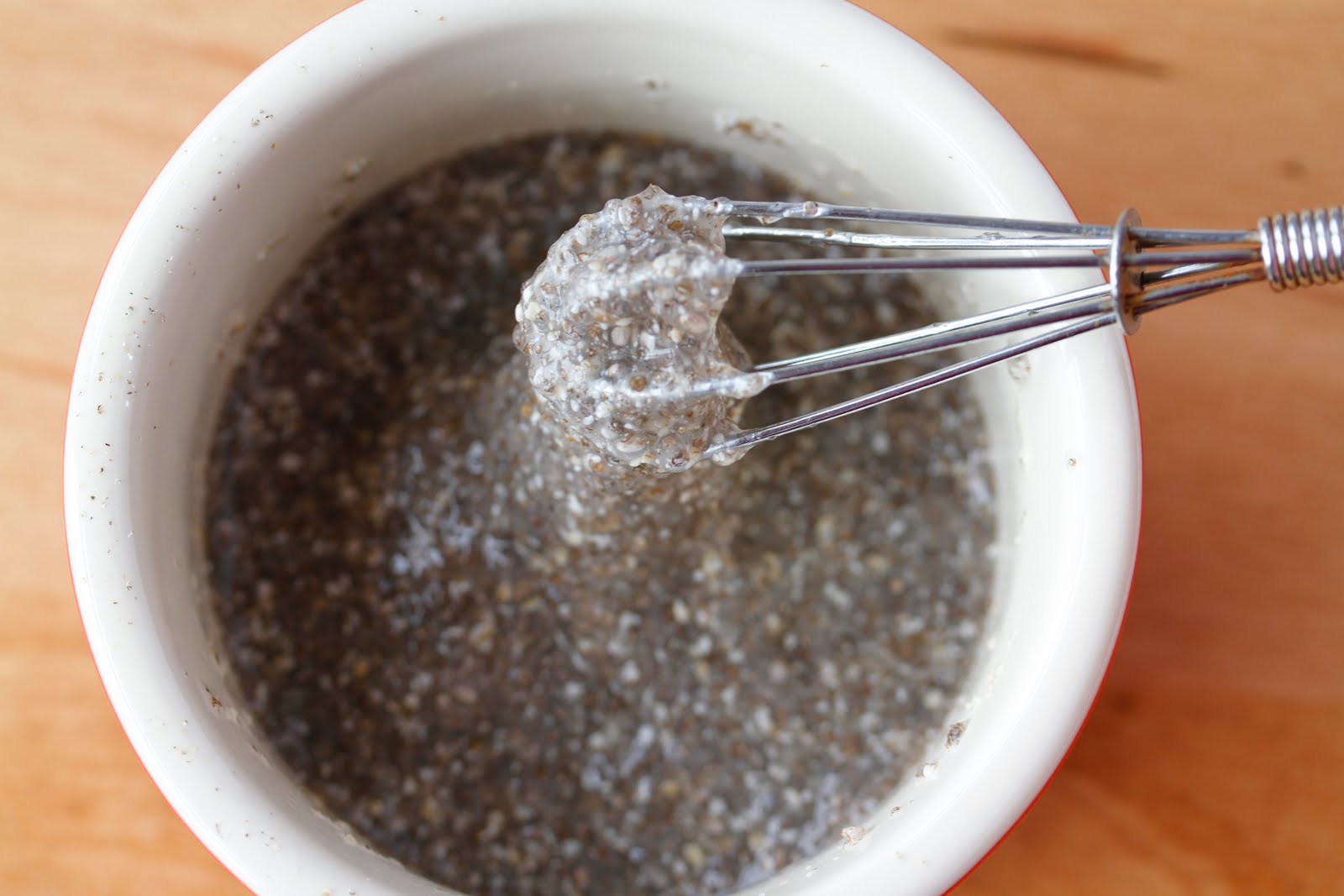

0 thoughts on “How To Know If Chia Seeds Have Gone Bad”